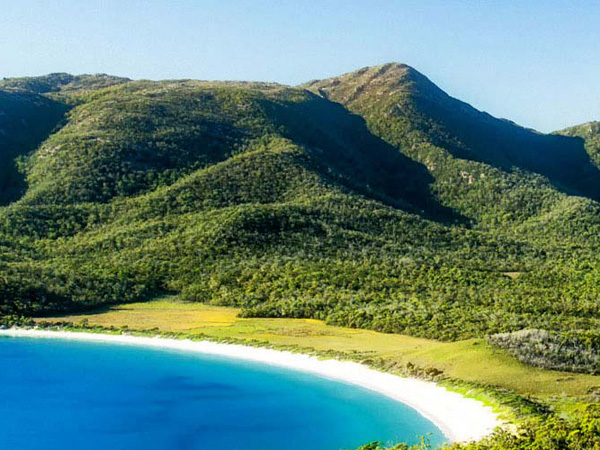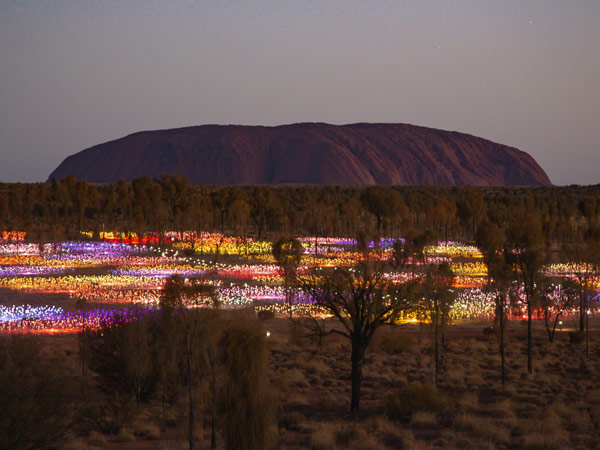Tour destinations
Bus charters


Destination
Thank you! Your submission has been received!
Oops! Something went wrong while submitting the form.

Tour type
Thank you! Your submission has been received!
Oops! Something went wrong while submitting the form.

Departure Month
Thank you! Your submission has been received!
Oops! Something went wrong while submitting the form.

Tour duration
Thank you! Your submission has been received!
Oops! Something went wrong while submitting the form.

Physical rating
Thank you! Your submission has been received!
Oops! Something went wrong while submitting the form.
































.jpg)












































.jpg)






_.jpg)


.jpg)




.jpg)
.jpg)
.jpg)









.png)












